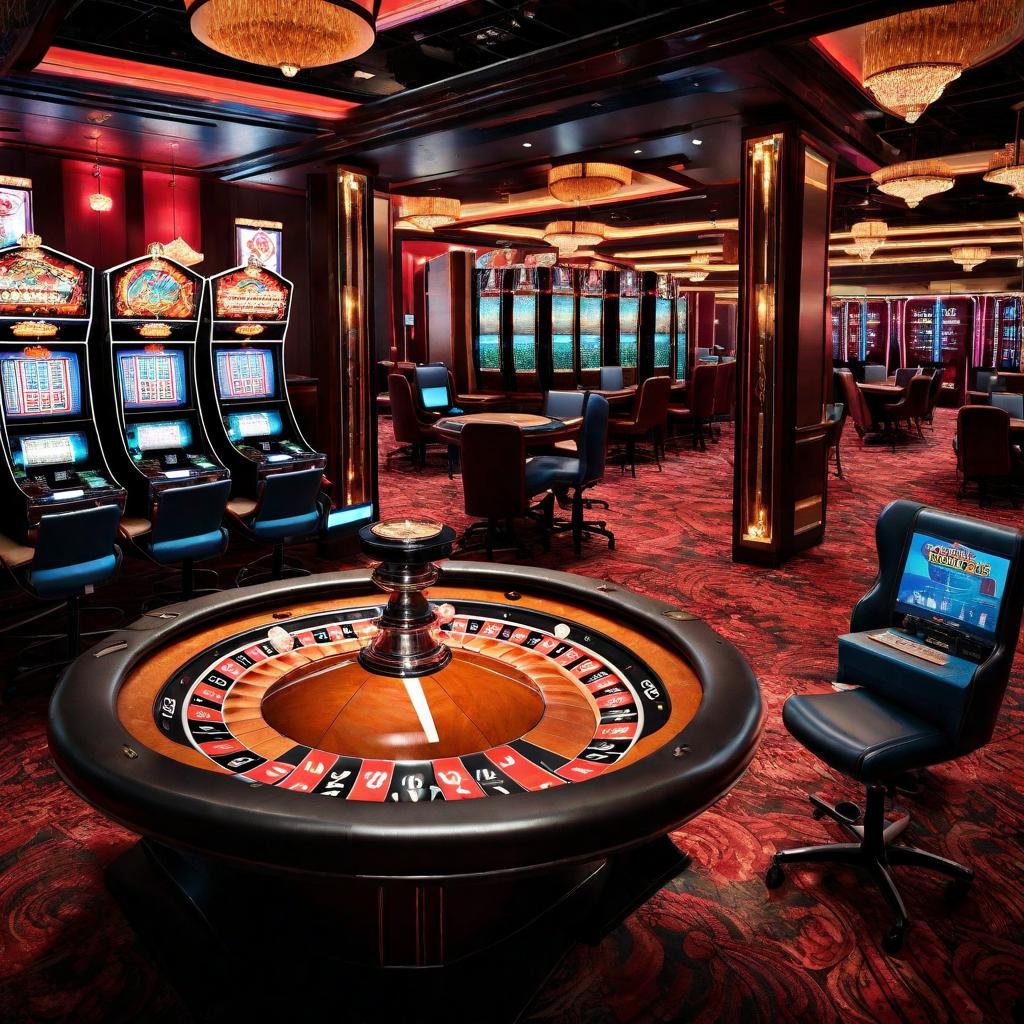
Within a vibrant and thrilling world of casinos, wherein luck and strategy intertwine, color and design play a critical role in attracting gamblers. As soon as players step into a casino or access a gaming website, they are enveloped in a visual feast that grabs their attention and lures them to explore more. Bright colors, engaging graphics, and innovative layouts are meticulously crafted to create an atmosphere of excitement and anticipation, ultimately enhancing the gaming experience.
As gamblers navigate through the ever-changing landscape of casino games, they come across a variety of designs that not only serve aesthetic purposes but also affect feelings and choices. Colors like scarlet and yellow symbolize wealth and luck, while calm navy and emeralds can create a much tranquil environment. Grasping how these elements work together enables casinos to create an welcoming and stimulating atmosphere that encourages players to interact with the games, spend more time at the tables, and increase their overall enjoyment.
The Science of Color in Gambling Games
Hue plays a critical role in the development of gambling games, influencing players’ feelings and actions. Vivid and vibrant hues, such as red and gold, are often used to ignite enthusiasm and attract focus. These shades create a sense pressure and dynamism, encouraging players to involve themselves more eagerly with the game. By strategically selecting hues, designers aim to evoke feelings of joy and anticipation, which can enhance the total player experience.
Various shades also have psychological connotations that can influence how participants perceive their possibilities of success. For instance, emerald is commonly associated with good fortune and wealth, making it a well-liked choice in games like the roulette wheel and poker tables. This connection can cause gamblers to feel more hopeful and assured in their play, ultimately motivating them to bet more. Grasping these connections allows game creators to design environments that enhance player enjoyment and engagement.
In addition, the layout of casino game interfaces often uses color gradients and contrasting hues to instruct player actions. For instance, winning combinations may be emphasized with vivid, contrasting colors, creating a visual incentive. This approach supports favorable outcomes and supports repeated engagement. By utilizing the science of color, casinos can design activities that not only captivate gamblers but also hold them interested and dedicated in their gaming experience.
Creative Elements that Attract Gamers
The visual appeal of casino games is largely influenced by the implementation of bold colors. Lively and striking colors are strategically chosen to create an appealing atmosphere that captures attention. For example, reds and golden hues often signify good fortune and wealth, which is why they are common in the color schemes of gaming machines and game surfaces. These colors not only attract players in, but they also evoke emotions related to excitement and expectation, enhancing the overall gaming experience.
In addition to color, the design and organization of casino games play a crucial role in player attraction. Games are designed to be user-friendly, ensuring that players can quickly understand the guidelines and gameplay. User-friendly interfaces, along with engaging graphics and motion, help maintain gamer interest and encourage extended play sessions. The physical elements, such as the texture of the controls and the audio of the games, also add to a holistic sensory experience that keeps players engaged.
Finally, conceptual elements in game design can significantly influence gaming decisions. Many casino games are inspired by media, fairy tales, or adventure themes, incorporating symbols and characters that resonate with players. These themes create a sense of immersion and relatability, making each game feel unique. When players feel a bond to the concept, they are more likely to opt for that game over others, leading to higher participation and enthusiasm within the gambling environment.
Case Studies: Successful Casino Slot Designs
One key example of effective casino game design is the well-known slot machine series themed around popular movies. Games such as those based on the The Wizard of Oz and Game of thrones utilize bright colors and top-notch graphics to immerse players in familiar narratives. The use of moving visuals and engaging sound effects takes the focus of players, building an affective connection to the theme. This strategy not just promotes longer play but also boosts the overall gaming experience, resulting in increased player retention.
Another effective case is the use of the psychology of color in table games like 21 and the wheel. Casinos often design these games with rich reds and greens, colors traditionally connected with luck and wealth. For instance, the green felt on a 21 table provides a relaxing effect, while the red accents in roulette invite anticipation. This intentional use of color helps to establish an inviting atmosphere that encourages players to join in, satisfying their psychological impulses and boosting their enjoyment.
Finally, online casino games that include community features and vivid, lively designs have experienced remarkable success in engaging players. Games like Zynga Poker and Slot-O-Mania leverage striking colors and playful animations to create an inviting online environment. The integration of leaderboards, social sharing options, and in-app rewards promotes competition and community, pulling players in for longer sessions. Such designs not only make the games visually attractive but also underscore community engagement, a vital factor in player retention and engagement within online casino environments. AAMS autoesclusione
